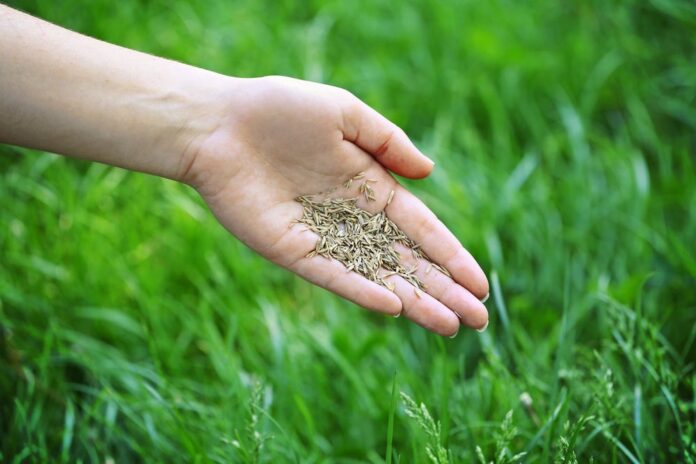High-quality grass seed is a critical component of growing a new lawn or strengthening an existing one, but there isn’t a one-size-fits-all-yards approach to grass seed. With this knowledge tucked in your gardening smock, you’ll want to approach the “what grass seed is right for my backyard” question with the mindfulness it deserves.
For beginners, the question “what grass seed is best for my region” might be just the beginning, as overseeding and reseeding projects can raise question marks left and right. Here are answers to some common questions people have about grass seed.
What types of grass seed are available?
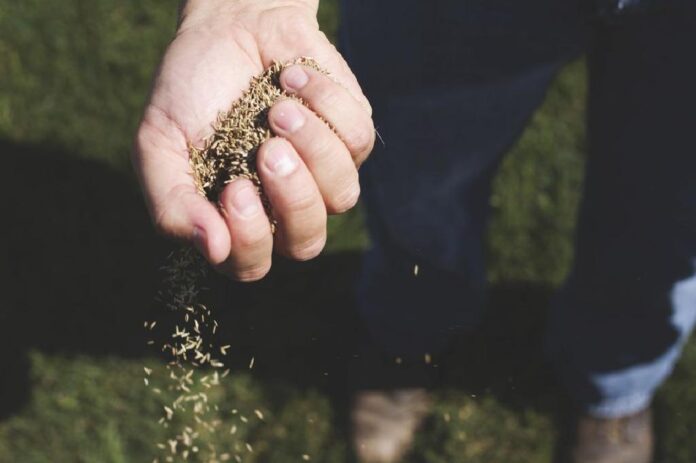
You can purchase almost any type of grass from a reputable seed store, like Nature’s Seed. Note that most varieties on the market fall into either warm-season or cool-season categories.
As their names suggest, warm-season grasses fare better in hotter climates, growing mainly in spring and winter and turning brown when it gets too cold. By contrast, cool-season grasses grow best in spring and fall and tend to turn brown when it’s hotter out.
Why isn’t my grass growing?
There are many possible reasons why your grass isn’t growing in your yard. Issues with watering, temperature, soil, or weed control products can stop grass seeds from sprouting. No online guide can cover every possible reason your grass isn’t growing, so start by looking at the instructions printed on your seed packages, then contact the seller if needed.
As a rule of thumb, if you attempt to plant grass seed twice and it doesn’t sprout either time, then it’s time to contact a professional.
What is overseeding?
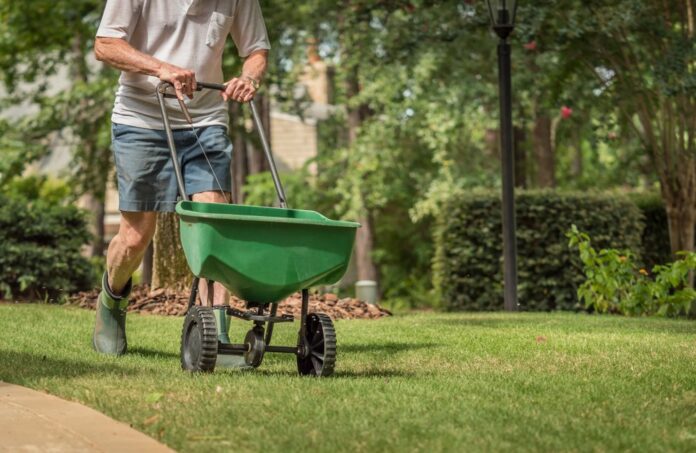
Overseeding is the process of adding grass seeds to an existing lawn, typically to try and thicken tufts of grass. In most cases, overseeding is an effective and affordable way of improving existing yards.
Outside of thickening up balding lawns, overseeding is an excellent way to help stop weeds from growing in your yards. A thick lawn naturally repels most weeds, while thinning yards will see far more invaders taking root.
Finally, overseeding can help reduce the need for chemical fertilizers and pesticides that otherwise wash into local streams. Too many chemicals can harm wildlife in other areas, making overseeding a much safer process for thickening a lawn.
What’s the difference between reseeding and overseeding?
While overseeding is the process of adding volume to an existing lawn, reseeding involves tearing everything out and creating an entirely new lawn from scratch.
How long does grass seed last in storage?
The amount of time grass seed lasts in storage depends on several factors, including heat and humidity levels. Generally, most grass seed can last for up to three years in storage, after which its germination rate goes down significantly. Fresh seeds, including those less than a year old, are always preferable.
Is real grass better than artificial grass?
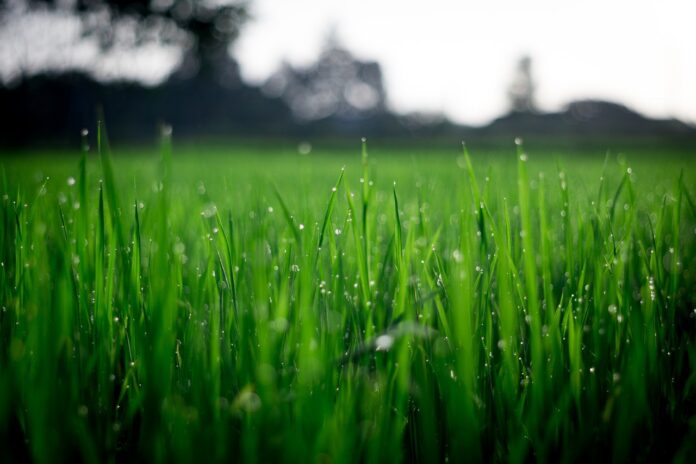
Both real and artificial grass boast different advantages. Generally, natural grass is better for the environment and more comfortable to walk on, while artificial grass requires less maintenance and maintains a consistent appearance throughout the year.
What should I do after seeding?
For most varieties, the best thing to do after seeding your lawn is to keep the top inch of soil moderately moist for about three weeks. You can also apply fertilizer or other stimulants to help encourage the growth of new seeds.
Do not mow the area until your seeds have grown at least four inches tall. This step will give the grass seed time to photosynthesize and spread roots deep enough to endure trimming. If you cut the new grass too early, you may kill it entirely.
Similarly, you’ll want to avoid using weed killers and other herbicides until your grass is well-established. Most products like these halt growth of all kinds, so these weed killers will often kill new grass even if they don’t mention that on their label.
How quickly does grass seed germinate?
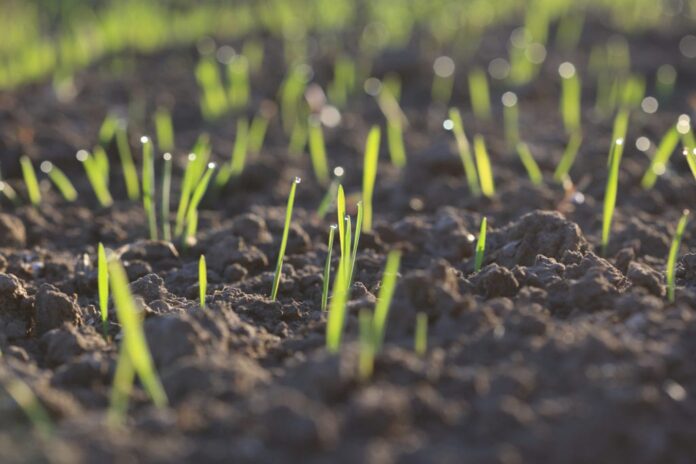
Most grass seeds start growing within one week of planting. If it’s not sprouting within ten days after planting, it’s probably not going to sprout at all. Some seeds can sprout as early as five days after planting, but rarely any sooner than this.
How deep should I plant grass seed?
Grass seed should be close to the surface, usually about 1/16 of an inch down. Grass doesn’t have the energy to grow if you plant it too deeply, so avoid burying it more than necessary to cover it.
Should I buy mixed blends?
Grass seed is usually available in single-variety and mixed blends. Opting for mixed blends over a single type of grass will prove more effective in the long run.
Mixed blends are more favorable, as they provide a more even and uniform appearance across the lawn while also being better at resisting disease. Ideally, a seed blend will include at least three grass varieties, but you can get away with two grass types if need be.
If I want to thicken my lawn, should I stop mowing?
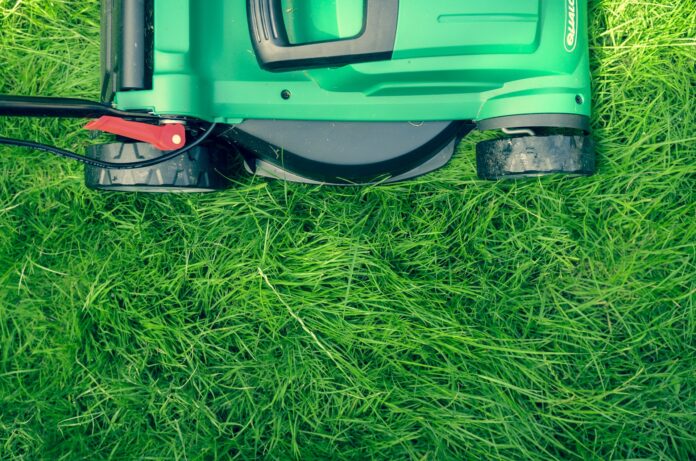
In most cases, no. It’s better to mow your lawn regularly. If you want to thicken the lawn, overseeding is more effective than retiring your mower for good. There are several reasons for this.
First, regular mowing is a critical part of any weed mitigation plan. Most weeds cannot handle frequent mowing, so this measure alone does a lot to keep weeds under control.
Keeping lawns at a lower, healthier level helps retain nutrients, fix damaged patches, and ensure your yard remains thick and lush. Granting grass seed free reign to grow–without intervention–may give off the appearance of thickness at first, but this strategy, ultimately, ends up hurting a lawn more than helping it.
Do I have to mow all types of grass seed?
Surprisingly, no. There are some low-maintenance blends out there that require little or no mowing. Although not viable in all areas, these grass seed varieties are a great option if you want to minimize the work you have to put in while still achieving a thick, healthy lawn.
Before you go
Grass seed can be temperamental. Once established, your grass should thrive for years to come. Remember, taking the time to plant it correctly the first time provides long-term value.

